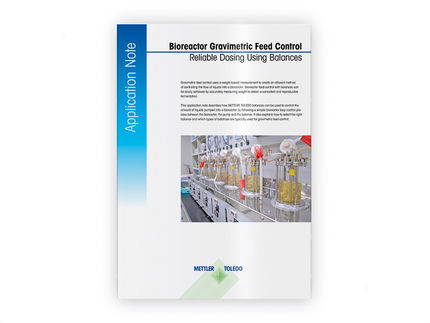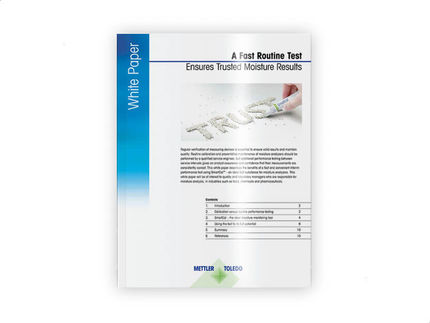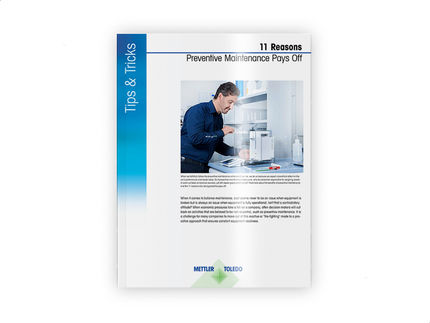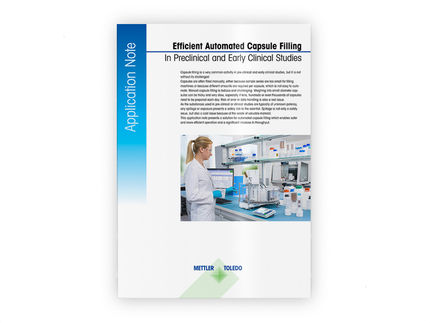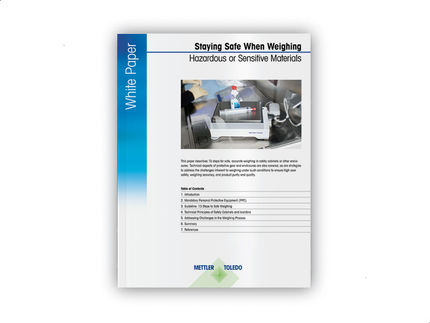Correct Test Weight Handling Guide: 12 Practical Tips
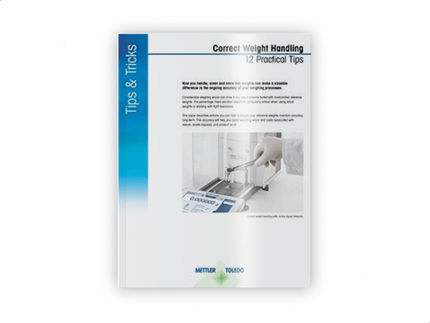
Handle test weights correctly – how to use, clean and store weights
Correct handling of test weights is vital to ensure accuracy of the weights long-term. Having accurate test weights is essential for the calibration and routine testing of balances and scales. However, the challenge in many busy laboratories is that carrying out balance calibration and routine testing is a manual process, and it's all too easy to make a slip-up in handling the test weights. Considerable weighing errors can arise if a balance has been tested with mishandled reference weights.
How you handle, clean and store test weights can make a big difference in the accuracy of your weighing processes. Test weights must be handled with care.
Download the free guide now and find out why you should:
- keep weights close to the balance
- not touch weights with bare hands
- not clean weights with certain chemicals; and more…
Download white paper now
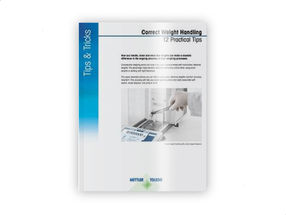
Correct Test Weight Handling Guide: 12 Practical Tips
Handle test weights correctly – how to use, clean and store weights
White Paper classification
White papers on related topics
Products on related topics
Manufacturers of similar products
See the theme worlds for related content
Topic world Weighing
Precise weighing is critical in laboratory and industrial environments. From accurate dosing of chemicals for research experiments to mass production of products, precise weight determination is often the first and most critical step. Modern balances and weighing instruments are sophisticated, offer impressive precision and are resilient to external influences such as temperature and humidity.

Topic world Weighing
Precise weighing is critical in laboratory and industrial environments. From accurate dosing of chemicals for research experiments to mass production of products, precise weight determination is often the first and most critical step. Modern balances and weighing instruments are sophisticated, offer impressive precision and are resilient to external influences such as temperature and humidity.
